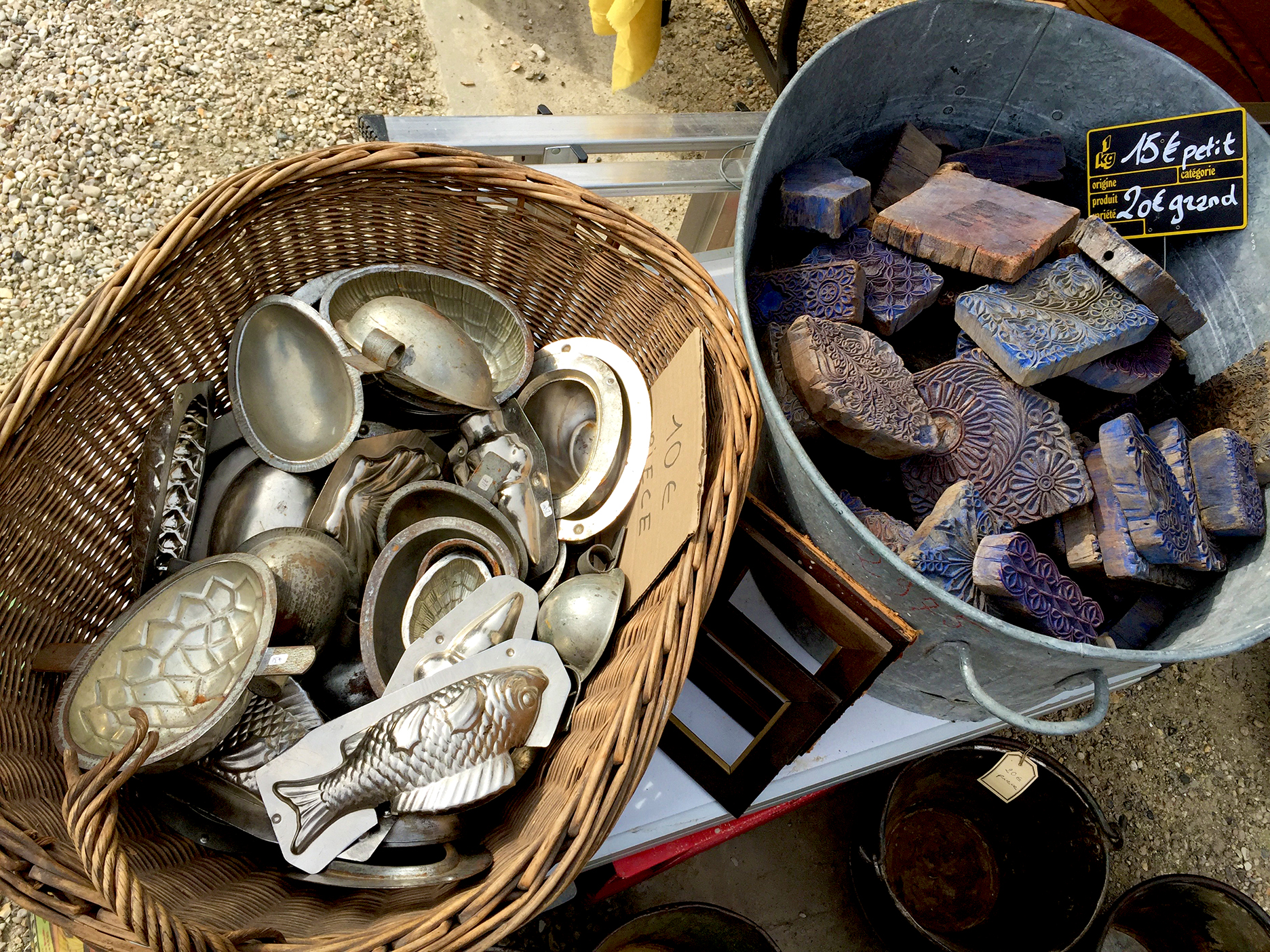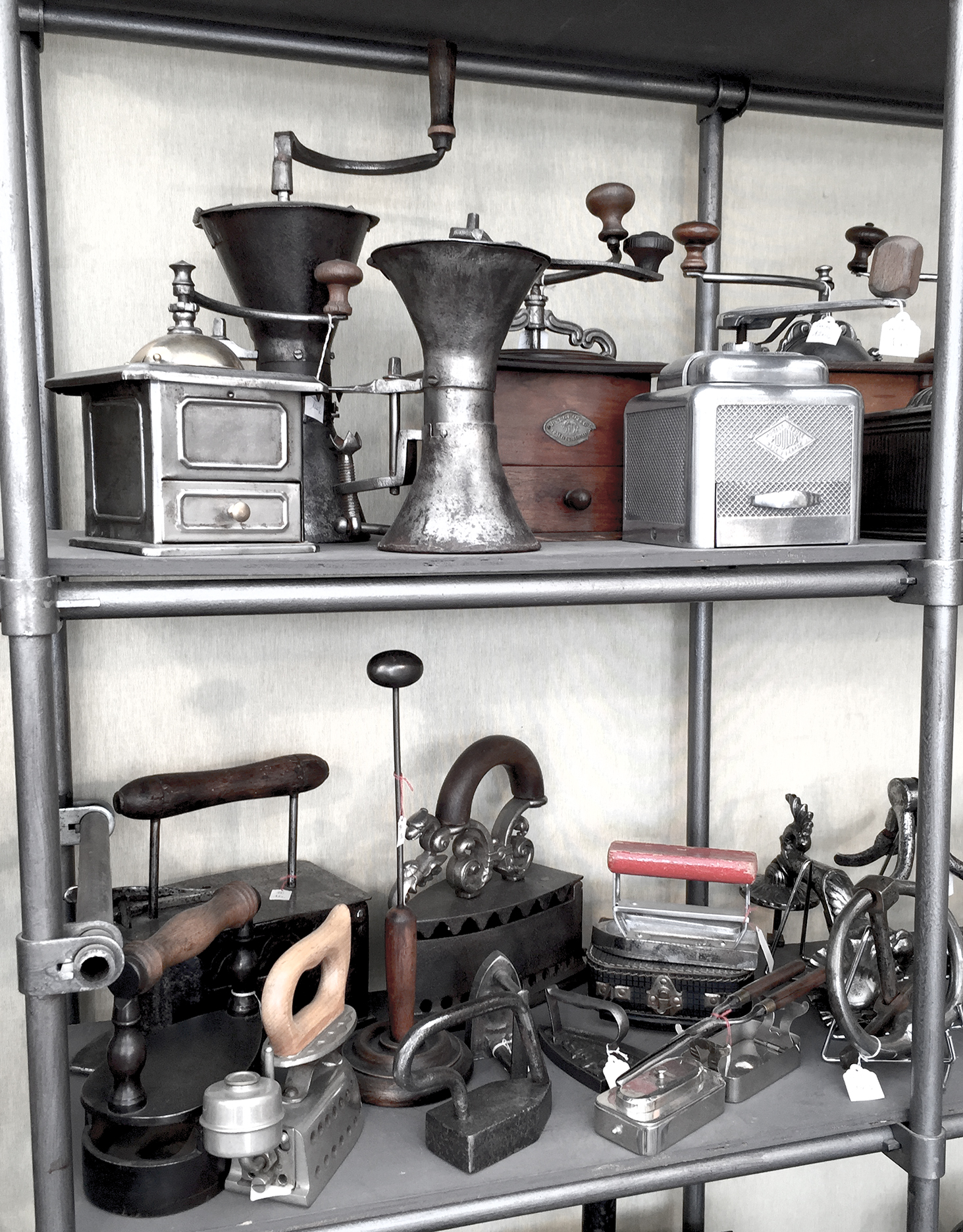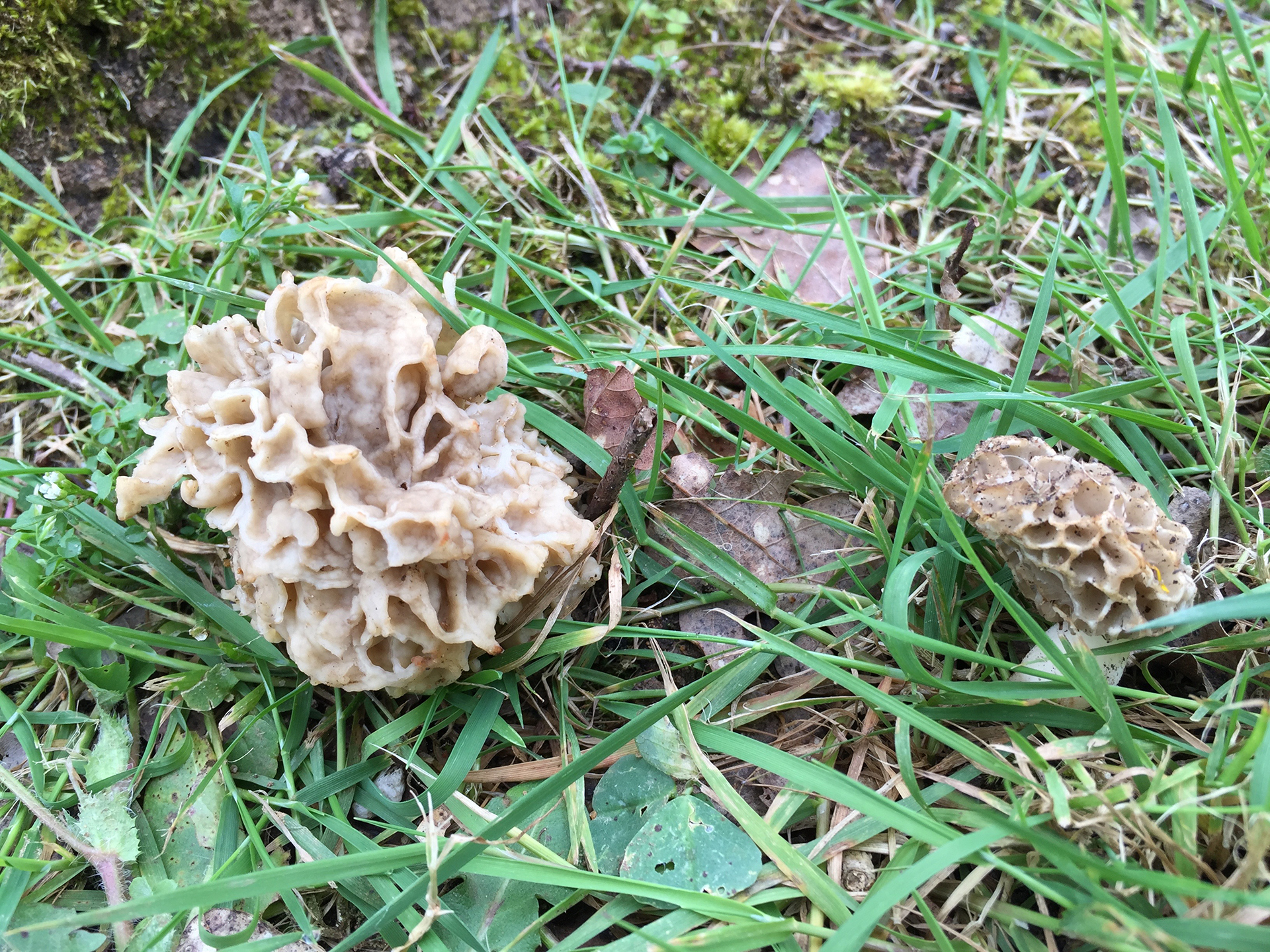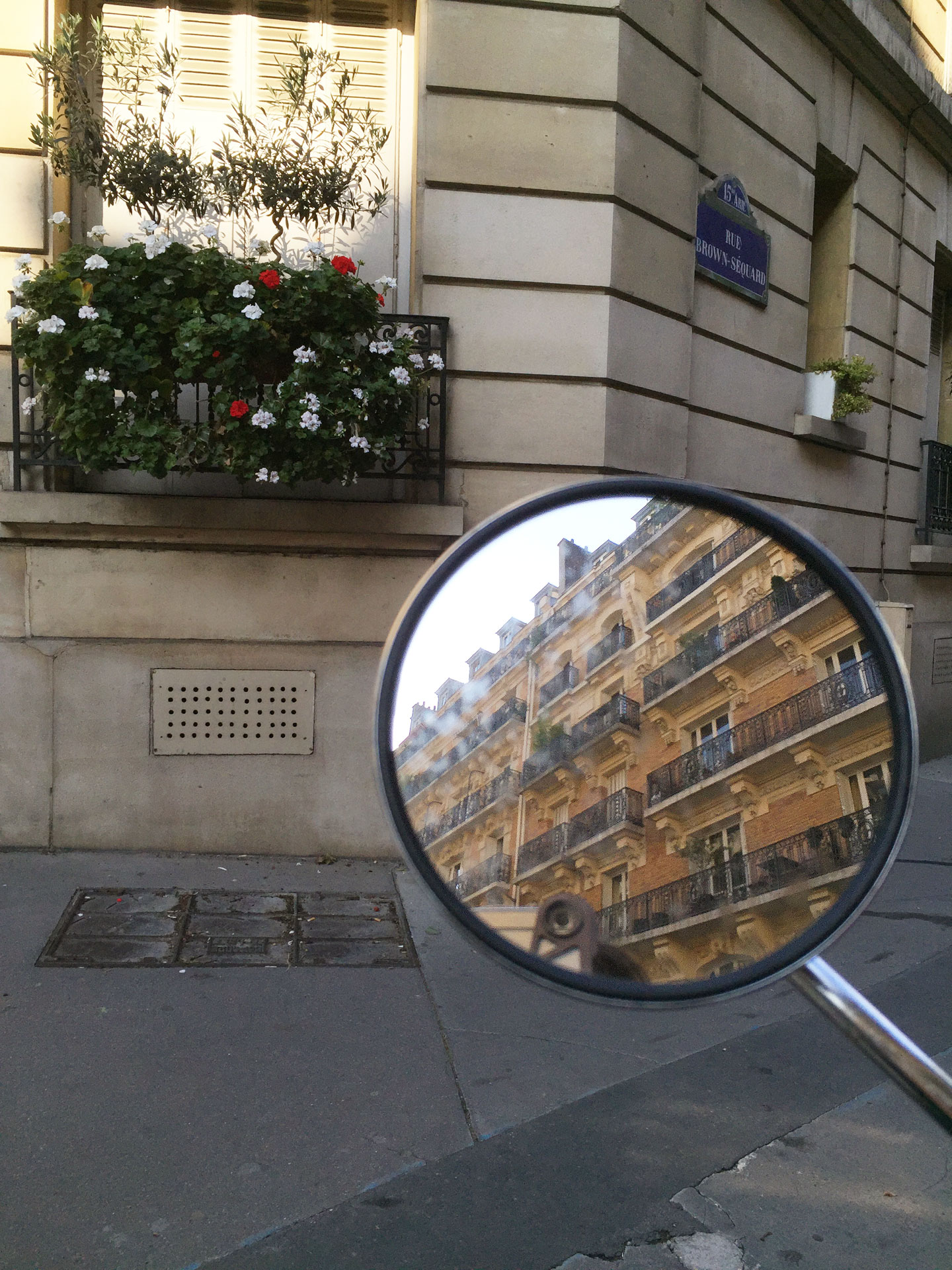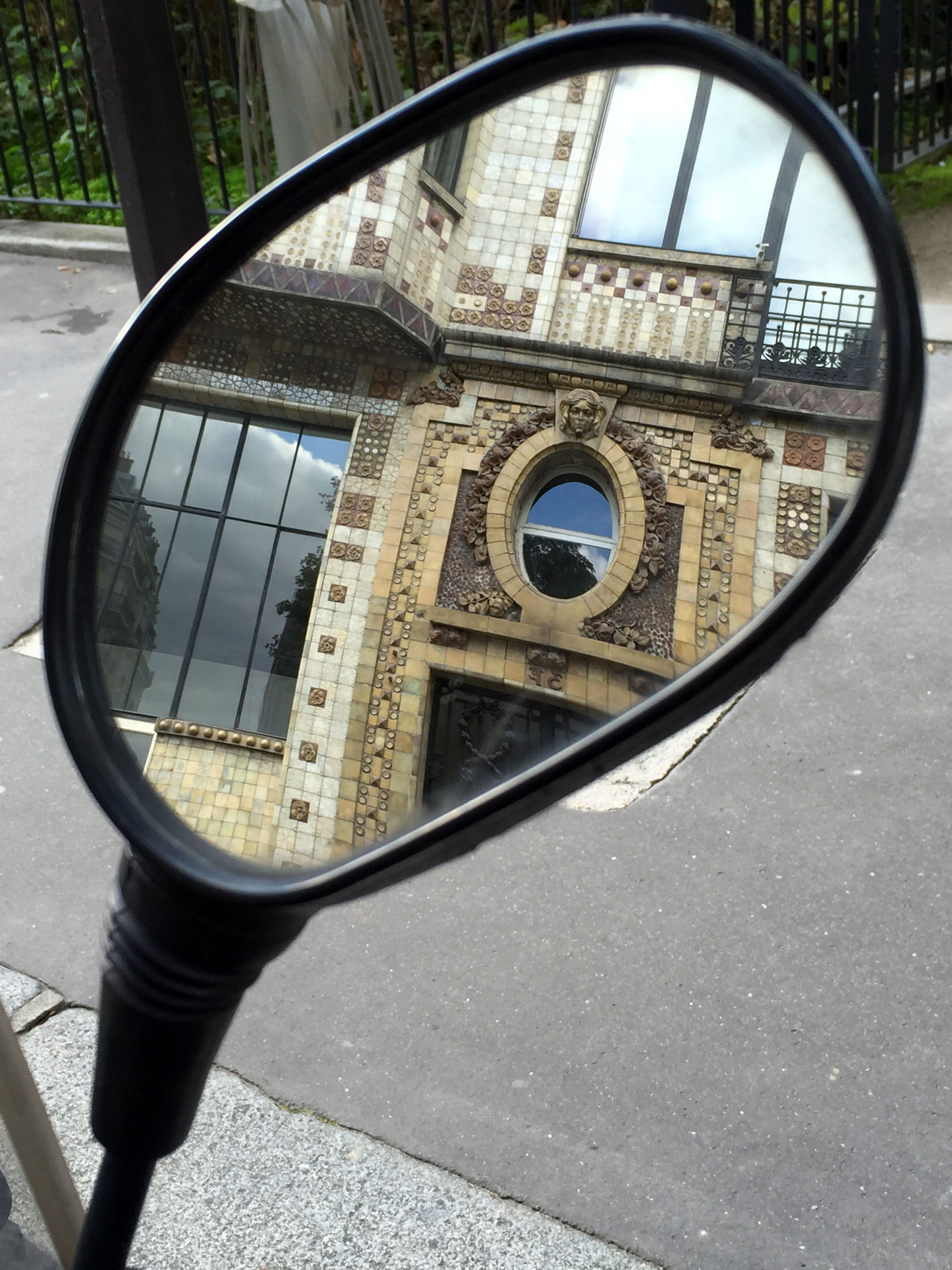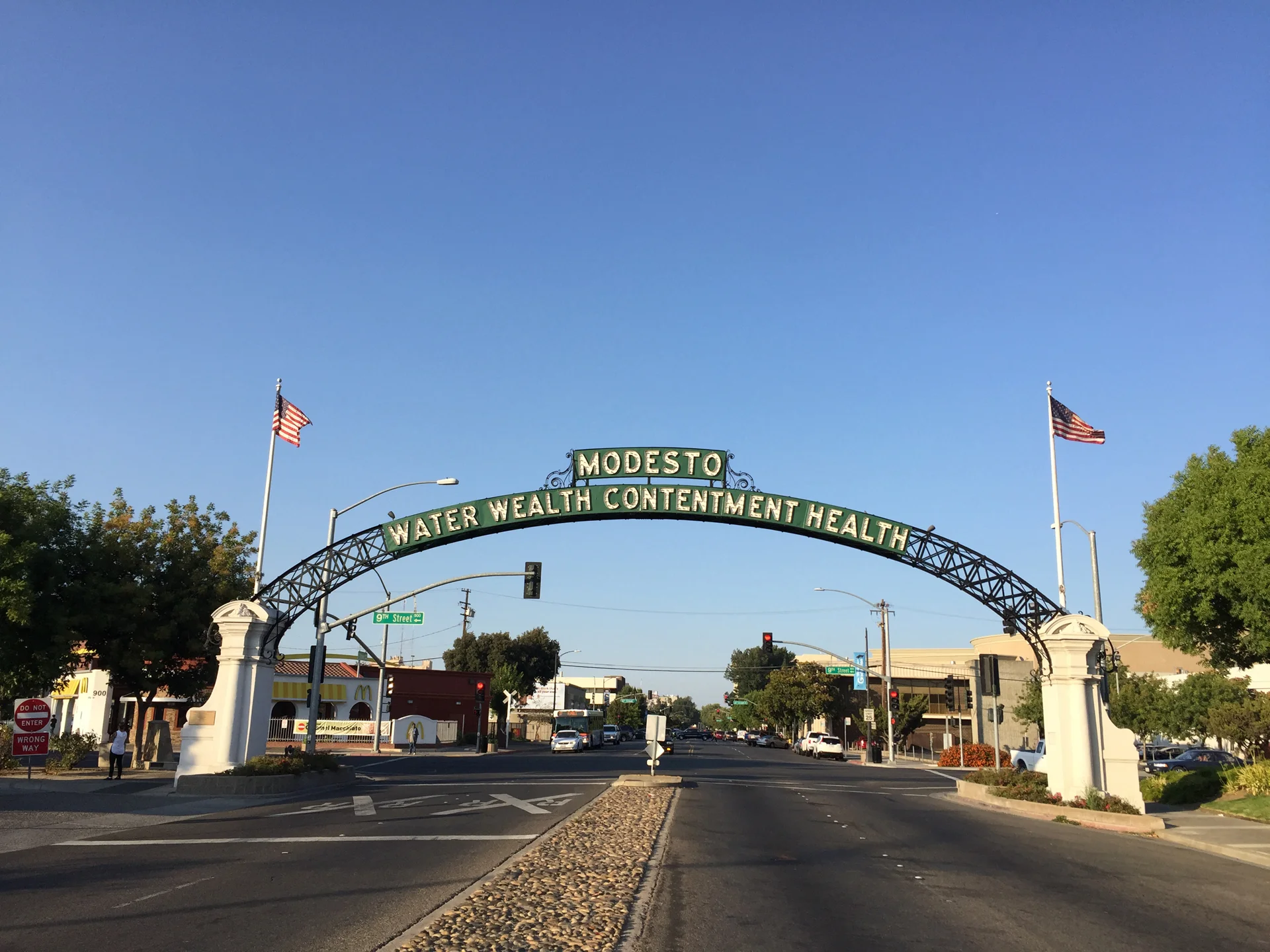In this area of Paris, love (or lust) used to be in the street. The mere mention of Pigalle conjures up images of the Moulin Rouge, sex shops, and adult theaters. While boulevard de Clichy at night still highlights the raunchy nature of the red-light district, things change dramatically when you venture a couple of streets away. South Pigalle has become a quiet corner of Paris and a lieu branché: the once racy area is now peppered with upscale coffee joints, fashion boutiques, and fantastic bakeries. As SoPi continues to get the gentrification treatment, several maisons closes from a century ago have been transformed into hip hotels. Rick and I visited Hotel Amour last May: we didn’t need accommodations but he was hungry and I thought it would be lovely to have lunch in their luxurious garden. Of course, the place was packed but we got a table in the cozy lobby/restaurant. I had better luck last month when I returned with my friend Raegan on a late afternoon. Oh, wait: the experience was so dreamy that we had to go back a second time. You will find the hotel/bar/restaurant at 8 rue de Navarin. You can’t miss it: just look for the pink neon sign Amour, up in the air.
Vocabulary
Le lieu branché: hip location
La maison close: brothel (the shutters on those houses were closed so that children and passersby could not see what was going on inside)
A luxurious garden, filled with lush greenery, under a glass roof. Very popular for brunch. Peaceful in the early evening for a before dinner drink.
The main dining room is cosy and decorated with books and vintage finds.
A large selection of stunning black and white photos illustrate the neighborhood's provocative past.
Stairs down to the bathroom...
Vintage aqua tiles in the vaulted bathroom.
Table football to kill time while you wait!
A nice crisp Sancerre for me. I brought back a set of six glasses in my suitcase. Amour is now in Modesto, too!





















